- London Open House offers the best way for the public to get closer to architecture. Since 1992, Open City has promoted the London Open House Weekend, attracting over 250,000 visitors last year. We went to four of London’s most interesting buildings to uncover the hidden and unexpected treasures behind the façades we pass every day.>
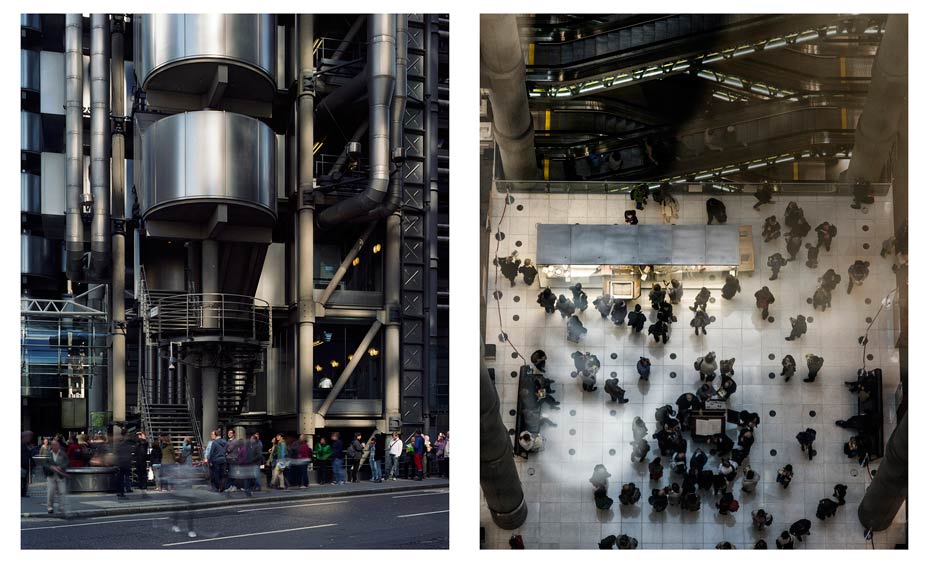
LLOYD’S OF LONDON
Lloyds.com
—
Where
One Lime Street, EC3M 7HA
—
Who
Richard Rogers Partnership
–
When
1986Words Eleonora
Usseglio Prinsi
Photography Nikolas VentourakisProbably one of 90s London’s most iconic structures, the Lloyd’s building has always proved popular with both citizens and tourists alike. Even though it last year celebrated its quarter century, it still symbolizes the idea of futurism in the city and represents the materialization of the Sant’Elia drawings.
The building was designed by Richard Rogers and, after his collaboration with Renzo Piano for the Centre Pompidou in Paris,
it is one of the best examples of High Tech architecture in the world.
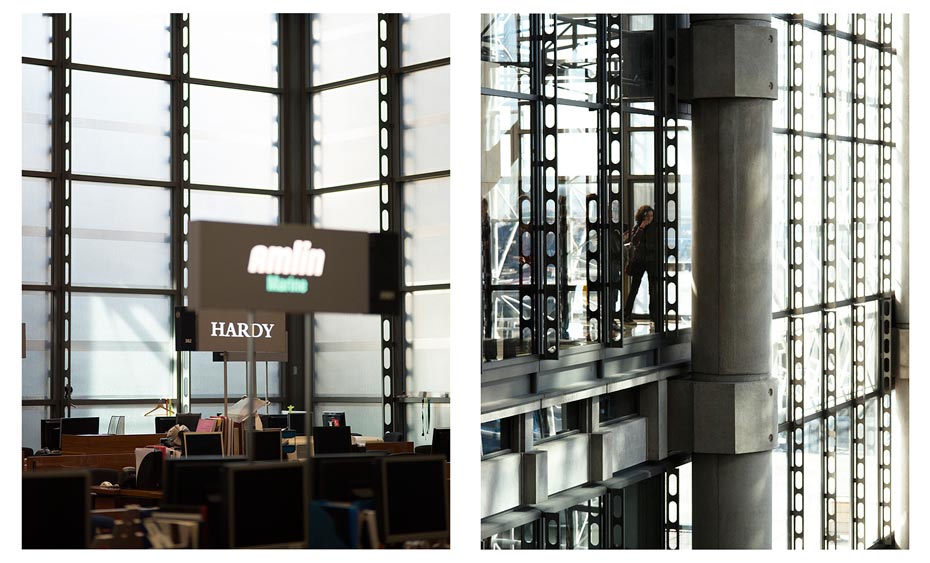
.
Inside, the Rostrum dominates the ground floor creating a polished contrast of materials and atmospherics. Designed by Sir Edwin Cooper for the old Lloyd’s building, the Rostrum houses the historical Lutine Bell.By taking one of the 12 glass lifts, you can suddenly find yourself transported into the 18th century by visiting the Adam Room. Designed by Robert Adam in 1763, it was installed in the 1958 Lloyds’s building and after thirty years relocated to the present building to host meetings and presentations.

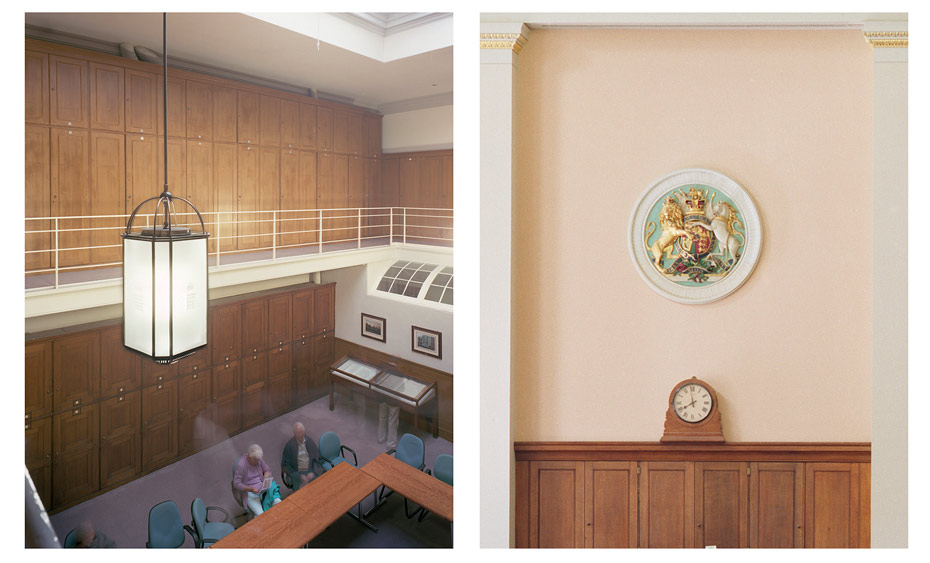
CUSTOM HOUSE
—
Where
20 Lower Thames Street, EC3R 6EE
—
Who
David Laing / Sir Robert Smirke
–
When
1813-17 / 1825The Custom House building retains a history of tragedy, following its rebuilding from the 14th century. The first Custom House was located immediately east of the present building. In 1559 a new building was designed and situated in its current location.
After the Great Fire of London, Christopher Wren re-designed the building in 1671, which burned down twice more.
The Custom House, as it stands today, was designed by David Laing (Surveyor to the Customs), between 1812 and 1817. However, R.Smirke rebuilt the centre block towards the river on concrete. The most interesting interior spaces are the Quay and the Robing Room, used by Customs staff as changing rooms, and the Long Room. The last, built by Smirke in 1825, measures 50 metres in length and 19 in width.


INSTITUTE OF CHARTERED ACCOUNTANTS
—
Where
Moorgate Place, EC2R 6EA
—
Who
John Belcher, RA
–
When
1890John Belcher designed the Institute of Chartered Accountants in the 1880, after he won a competition, and it is considered one of the first neo-baroque buildings in London

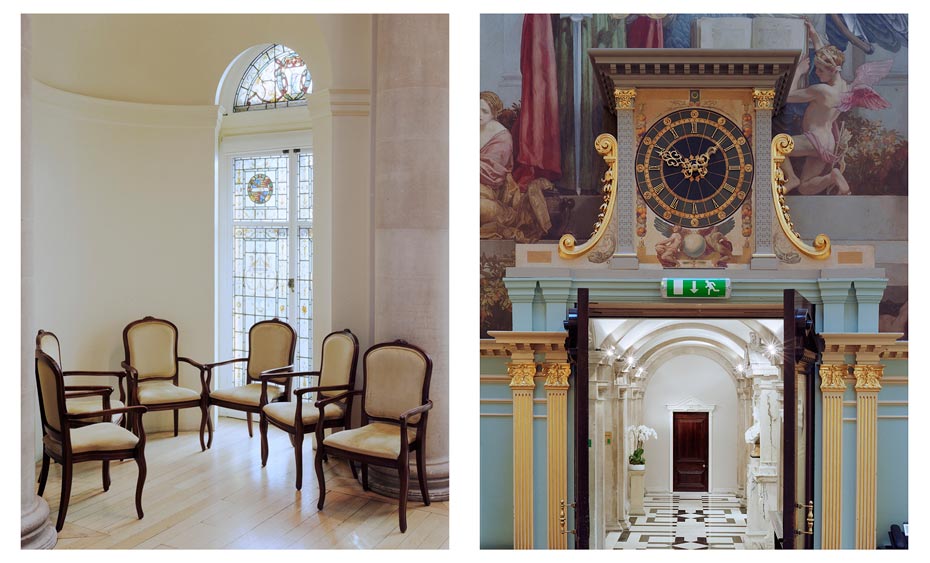
Left: the reception room
Right: Detail of the clock
in the receptionThe particularities of the building are a reproduction of the Rialto Bridge in Venice that crosses the old library. With its balustrade and Venetian lanterns, it connects the two sides of the balcony and creates a mezzanine to use as a second floor of the library. On the first floor the Reception Room is characterized by a huge clock positioned in front of the paintings ‘The Triumph of Law’ and ‘Science bringing Order to Commerce’ by George Murray that were added in 1913-14.

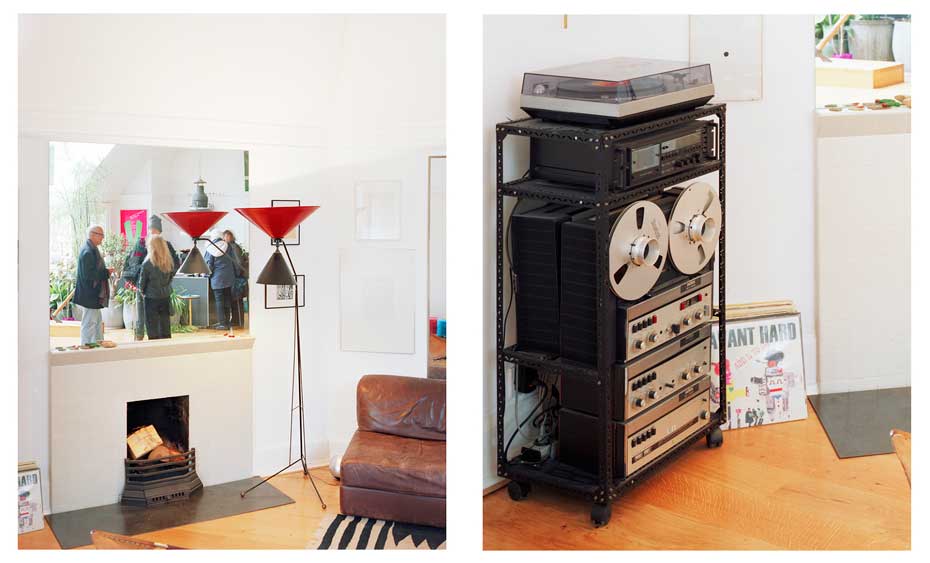
39 FROGNAL STREET
—
Where
39 Frognal Street, NW3 6YD
—
Who
Norman Shaw
–
When
1885The studio at 39 Frognal Street, designed by Norman Shaw in 1885, was commissioned by the illustrator Miss Catherine Greenway, the second woman to open such a studio.
The Arts and Crafts style the house retains on the second floor is the most interesting part of this location, with a 45 degrees due north facing painting room.

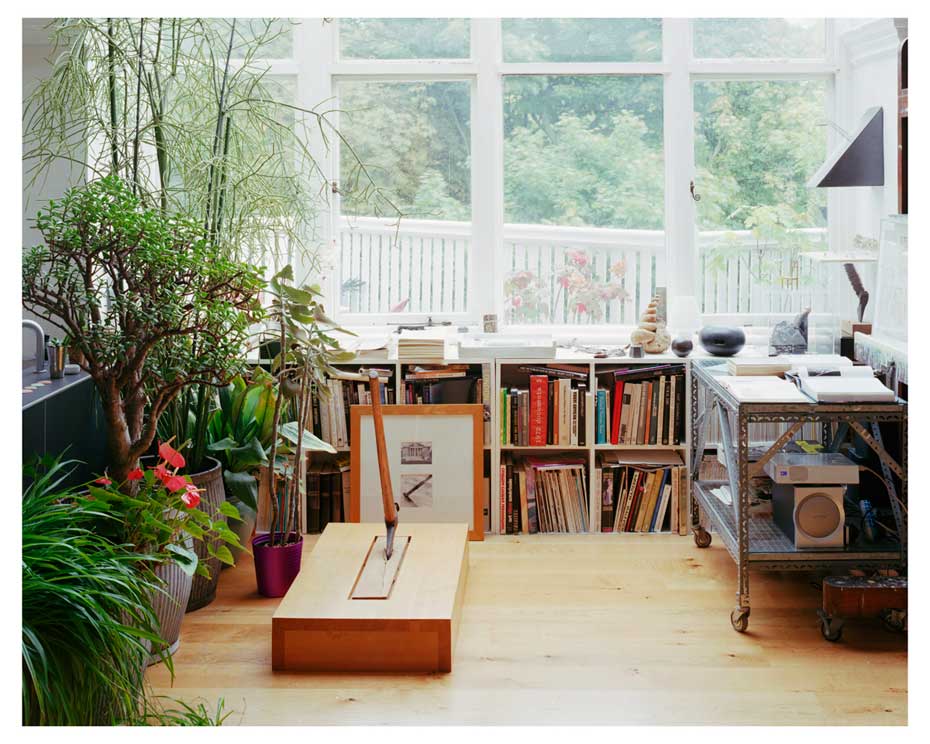
Above: Detail of the studio interior, curated by current occupier John Aldus. The bookcase contains many books on the history of the houseThe studio is currently occupied by John Aldus, a French artist living in London for the last seven years.
Subscribe to Port Magazine annually and receive each issue to your door.
Get PORT in print



